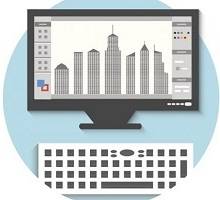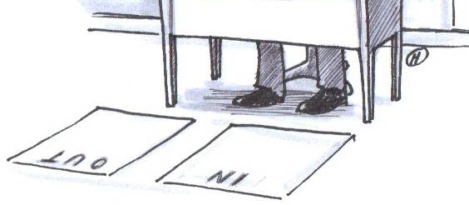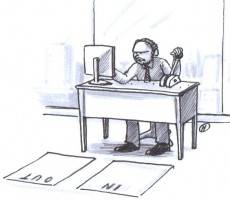February 3, 2016
Government plans to cut size of estate by 75 percent by 2023 0
 The UK Government has today published the latest edition of its annual State of the Estate report, which gives an update on plans to consolidate, divest and modernise the central government property portfolio. Minister for the Cabinet Office Matt Hancock claims that the current administration has reduced the size of the estate by 2.4 million sq. m. since 2010. (As is the way of these things, the minister claims this is equivalent to 336football pitches, 43 Shards or more than the entire principality of Monaco. Presumably individual departments measured their own successes in blue whales and double decker buses.) He claims that this means that the total central government estate has fallen below 5,000 holdings for the first time and could fit inside the area of West Finchley (which is a new measurement on us). The reduction has been achieved by selling property ranging from the historic Old War Office (top) to an old bakery and lighthouse.
The UK Government has today published the latest edition of its annual State of the Estate report, which gives an update on plans to consolidate, divest and modernise the central government property portfolio. Minister for the Cabinet Office Matt Hancock claims that the current administration has reduced the size of the estate by 2.4 million sq. m. since 2010. (As is the way of these things, the minister claims this is equivalent to 336football pitches, 43 Shards or more than the entire principality of Monaco. Presumably individual departments measured their own successes in blue whales and double decker buses.) He claims that this means that the total central government estate has fallen below 5,000 holdings for the first time and could fit inside the area of West Finchley (which is a new measurement on us). The reduction has been achieved by selling property ranging from the historic Old War Office (top) to an old bakery and lighthouse.


































January 29, 2016
Delivering the low-down on the sit-stand workstation phenomenon 0
by Ashley Hayward • Comment, Furniture, Wellbeing, Workplace design
More →